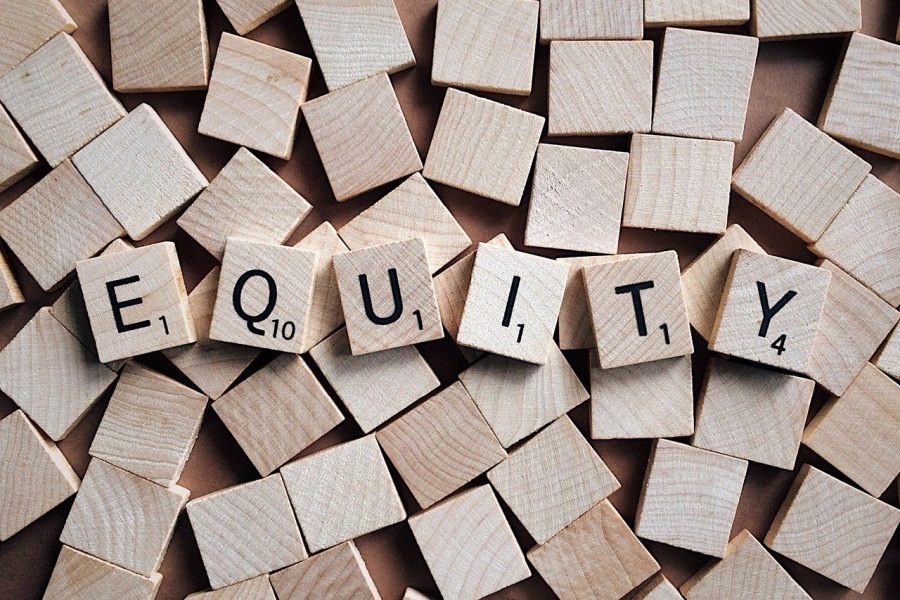Panel explains, teaches importance of equity
October 18, 2021
One word we hear often is diversity. Making sure the student body is diverse is a common goal many universities share.
But once a university becomes more diverse, what will be done to make sure it is equal fot all of the diverse people?
Diversity is always talked about, but the concern of equity is getting bigger.
EdRising hosted a panel to inform students of the importance of equity in education.
According to Educators Rising, EdRising is a student-led movement that aims to inspire students to serve their communities by entering the field of education.
For this event, students were encouraged to send in questions ahead of time that different panelists would answer.
EdRising held this event to show students that educators are actively trying to be more equitable while explaining to educators exactly what students want them to do to achieve equity in education.
Justin Overacker, EdRising’s K-12 representative, said equity is about caring for students and their interests and making things work for them.
“So much of equity is all about the student and what are the students’ interests [and] how you can nurture those loves,” Overacker said.
Overacker said he does this by giving assignments to his students where they get to choose what they do. This gives the students creative freedom that allows them to express their own individuality in the classroom.
Kimberly Eckert, a representative of the Louisiana Department of Education, said she encourages equity in the classroom by validating her students.
“Sometimes we [teachers] don’t get it right,” Eckert said. “You [students] should be able to demand a certain amount of consistency.”
Because of this, she tries to make her classroom a safe authentic place where students can express their truth and be empowered.
Amy Weems, an assisatant professor of education, said that higher education professionals “live and breathe academic freedom,” but future educators are being sent to K-12 settings where academic freedoms are limited.
“We, as higher education folks who enjoy our academic freedom, need to understand that we have got to position our students to go into those spaces more prepared,” Weems said.



